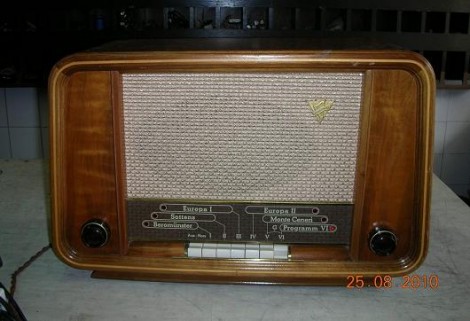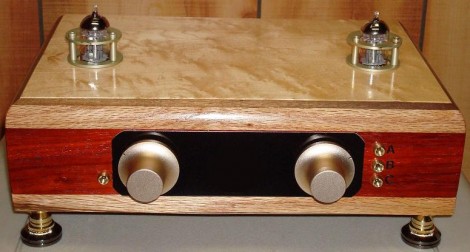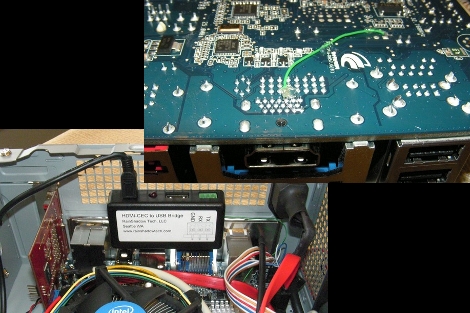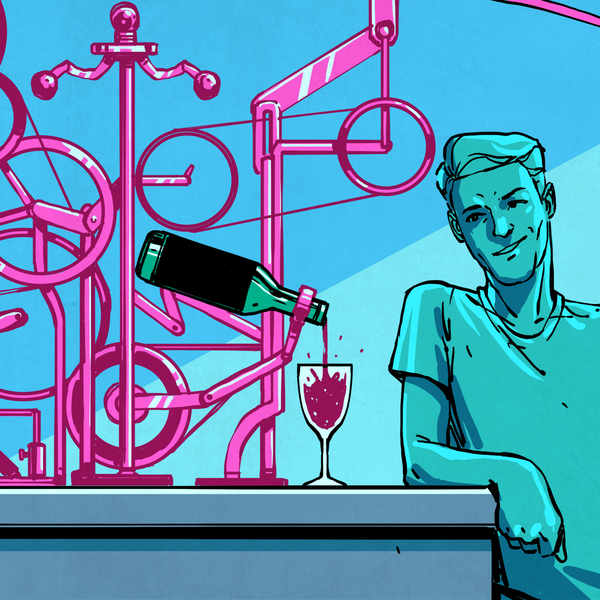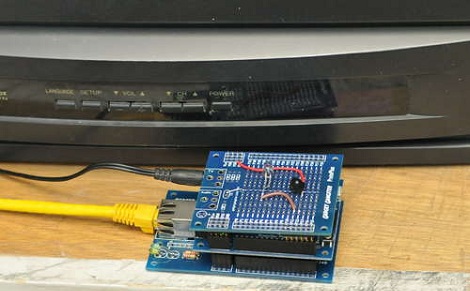
How often does this happen to you? You’re leaving on a long trip, and half way there you remember the TV was left on. Never? Alright then, how about wanting to control an Xbox 360 from within the other room and you don’t have the remote. Still a rare occurrence?
Perhaps you have a better situation where an internet controlled IR remote, that can be programmed to work with any TV or IR accepting device, would be useful. [Nicholas McClanahan] starts off with USB Propeller from Parallax, adds an Ethernet module making a mini server, and ends with an IR LED and receiver. The code is nearly as simple being a combination of SPIN, Html, and JavaScript. All coming together under a nice website GUI that prompts for what IR signals to send. To make the project even more straightforward, [Nicholas] has included an Instructable as well. In the end though, while the hack is great, we’re still trying to find a decent enough use. Video after the rift.

